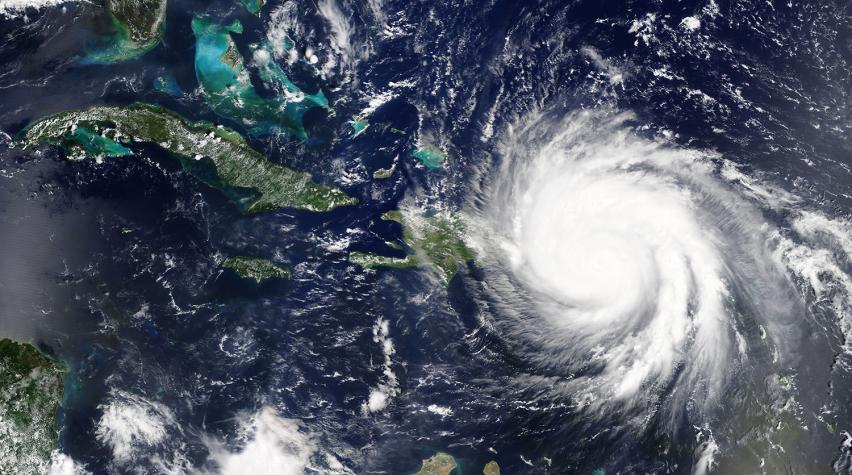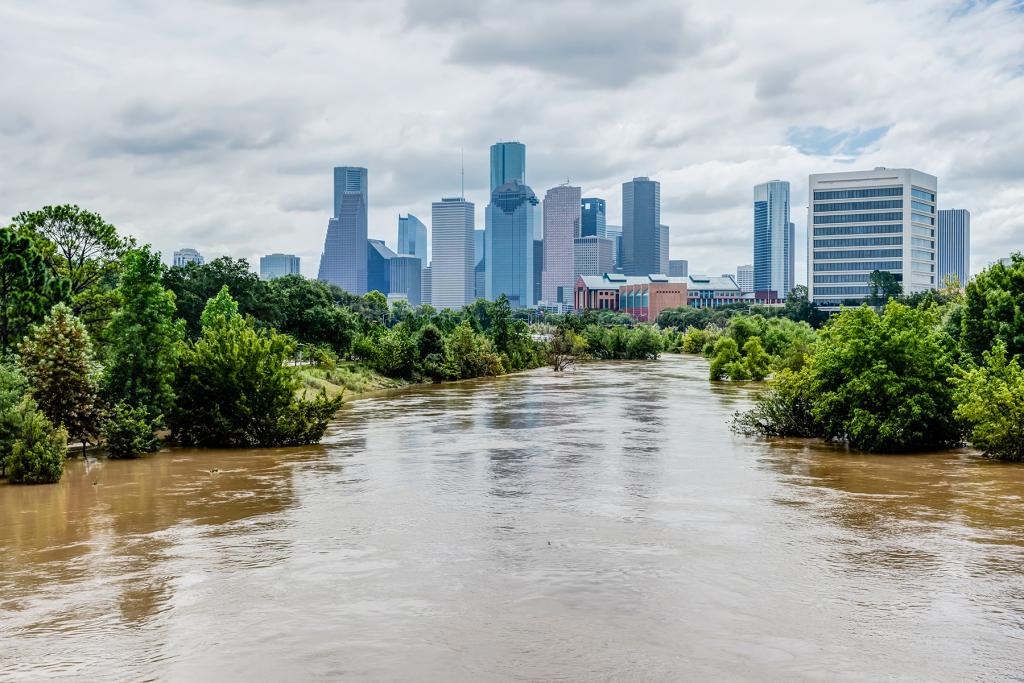Process safety experts address how sites can prepare for rare external events and natural disasters at the Global Congress on Process Safety.

In 2017, Hurricane Harvey devastated the Gulf Coast in what many would call a 1,000-year flood event. Record rain accumulation and flooding caused billions of dollars in damage. Thousands of individuals and companies are still dealing with the destruction caused to homes, businesses, and industrial plants. Later that same year, the devastating winds of Hurricane Maria knocked out power to much of Puerto Rico. Many of those who lost power still do not have access to electricity. And, last year in Central Mexico, a magnitude 7.1 earthquake killed hundreds, injured thousands, and caused widespread devastation.
A new reality: planning for weather events
Many plant risk assessments are typically only associated with potential accidents that may occur at the site itself. “The old way of thinking assumed that extreme weather events were so uncommon or so infrequent, that there is no use in creating a plan for these scenarios,” says Peter McKnight, a senior process safety consultant at Jensen Hughes. As the weather becomes more unpredictable, many sites are moving toward including external events in their quantitative risk assessments.
On April 23rd, a session titled “Extreme Weather and Other External Events” was held at the AIChE Spring Meeting 2018 in Orlando, FL. This session included three presentations from process safety experts that addressed how sites can prepare for rare external events and natural disasters.

In the first presentation, “Resilience Against External Events Using Vulnerability Assessment and QRA,” McKnight spoke about using qualitative and quantitative assessment techniques within a process safety management framework. His presentation gave a review of the plant processes that would benefit from hardening or protection of equipment and systems to prevent storm or natural disaster damage. McKnight reiterated that the best way of improving resiliency is by knowing the most vulnerable equipment or systems, and protecting those assets.
Collaborating with neighboring facilities
The second presentation was given by Edward Cialkowski, a process safety engineer at Air Products. His presentation, titled “Assessment of Neighbor-Initiated Risks at an Integrated Gasification-ASU Plant,” addressed how an Air Products site in China coordinated risk management with a neighboring facility.
At the Air Products site in question, an air separation unit (ASU) shared utilities and cooling water with a nearby coal gasification plant. Although the hazard review for the ASU had taken into account contamination from neighboring vents, it did not take into account what would happen if a fire occurred at the neighboring site.
The Air Products team initiated contact with the neighboring company to collect data and perform a consequence analysis of a gasifier explosion. In his presentation, Cialkowski emphasized that there is a right way and a wrong way to go about communicating with a neighboring site. Being willing to share information and study findings was key. The risk assessment found that the risk of jet fire/pool fire radiation, as well as gasifier vapor cloud explosion, were both below Air Products’ hazard rate criteria. However, frequency and consequence modeling showed that hazardous ammonia gas could impact ASU personnel.
Therefore, the Air Products team recommended that ammonia and carbon monoxide gas detectors be installed at the fence line between the sites. They developed a mechanism for emergency communication between sites and they created an emergency response plan. Fortunately, the neighboring site readily adopted all of recommendations.
Cialkowski’s presentation showed how chemical engineers can collaborate across company lines to approach process safety constructively and, ultimately, make process sites safer for all workers.
Resilience analysis to prepare for weather events
Frank Liserio, Jr. (FM Global), gave the final presentation of the session, titled, “Managing the Risk Associated with Severe Wind and Flood Events in the Chemical Processing Industries.”
He started his presentation with an interesting quote by Charles Dudley Warner: “Everybody talks about the weather but nobody does anything about it.” Liserio stated that although we can’t change the weather, we can do something about its affects.
“During our loss investigations, there is a common perception that these events are considered ‘Acts of God,’ in which limited to no control can be offered and adequate insurance coverage is often considered to be the only viable protection strategy,” said Liserio. His presentation urged attendees to implement resilience analysis at their respective sites.
After Hurricane Harvey, flood losses experienced by companies that focused on flood protection were only 20% of the costs of those that did not, according to FM Global data. Likewise, when Hurricane Maria struck Puerto Rico, companies who completed physical improvements to their structures before the hurricane suffered millions of dollars less damage than companies that did not.
Liserio ended his presentation with a call to action that generated lively discussion. “Resilience is a choice,” he said. Organizations need to consider resilience analysis to be just as crucial as any other type of risk analysis.
In a world where 100-year and 500-year weather events are happening nearly every year, AIChE is working to generate discussion on how plant sites can more effectively prepare for these scenarios.


